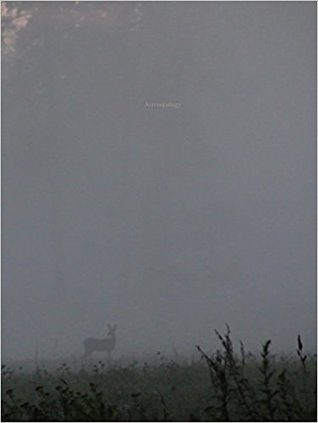Astroecology
Translator: Elizabeth Clark Wessel
Author: Johannes Heldén
Publisher: Argos Books
Year of Publication: 2018
I turn to Astroecology and its Encyclopedia when the weight of the actual world grows heavy, and I need to be surprised, or puzzled, or refreshed.
— Ursula K. Le Guin
A vision both nostalgic and premonitory. A transmigration of the mundane, decay upon decay, read as imminent luminescence.
– David Sylvian
Longlisted for the 2018 Best Translated Book Award, Johannes Heldén’s Astroecology (translated by Elizabeth Clark Wessel, Kirkwood Adams, and the author) begins from an eschatological place: the world as we know it is ending, and this cosmic ending can be witnessed in that most intimate and privileged of places, the private estate. Astroecology finds us in a real house and a real garden, surrounded by endlessly meaningful details, arranged with the precision of a Twin Peaks-like murder mystery. In a series of filmic visual frames and corresponding textual notes, Heldén offers a poetics that twists the organic (plants, pets, decay and growth) and the inorganic (drones, data systems, AI) into each other as a kind of avant-garde Mobius strip. A dazzling intertexuality unfolds: Inger Christensen’s indexical impulse meets Hayao Miyazaki’s surrealism, Chris Marker’s stark montage meets Robert Smithson’s iconography, Ursula LeGuin’s social investigation meets Norbert Weiner’s theory of cybernetics. In letting the reader-viewer get “stuck in the stream of evolution” over and over again, Heldén brings us to profound unanswerable questions about the origins of the universe: its processes, systems, and vanishing species of creature and thought.

